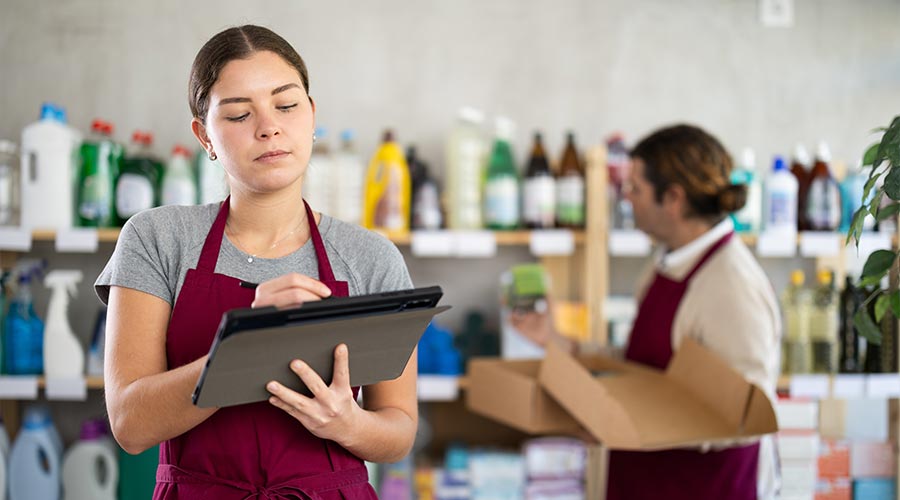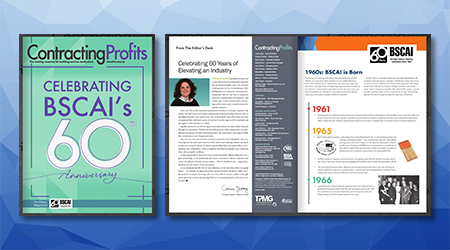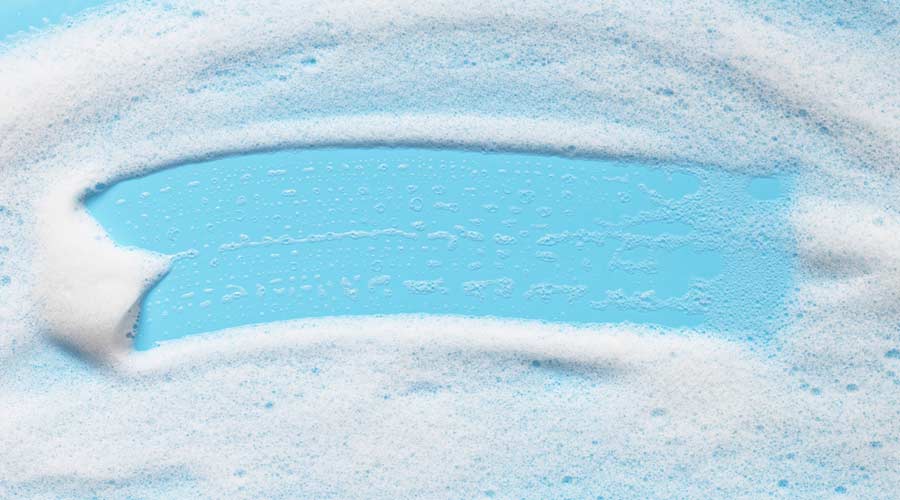
As part of a needs assessment, distributors can remind clients that public health guidelines have evolved. While emphasizing that regular cleaning is still essential, constant disinfection of all surfaces may no longer be necessary. This enables them to prioritize cleaning based on high-touch surfaces, volume of traffic, and risk zones. (For example, restrooms versus office spaces.)
Introducing the concept of risk-based cleaning provides a targeted approach that aligns labor and products with actual exposure risk. This can help with cost savings while preventing wear on surfaces and the overuse of chemicals.
When discussing needs assessments with clients, Lestage finds that their primary concerns are budget and preventing outbreaks in industries where infection control is a must, and aesthetics in general commercial cleaning. In both scenarios, success is data-driven when steering clients toward products and processes that meet both the needs and budgets inside facilities.
“Show that the cleaning and disinfecting solution is not only effective but more cost effective,” she says. “Case studies and testimonials work well.”
Rathey also sees appearance and budget at the top of clients' lists but says there is no question that cleaning frequency and intensity, specifically related to cleaning and disinfecting for hygiene and safety, should be an integral part of needs assessments.
“End users should be concerned about hygiene and health in the post-pandemic environment, but they also need education and examples of what’s possible,” he says. “We want to prepare customers before the next pandemic.”
It should be explained to clients that rightsizing chemical inventory and use doesn't just mean cutting or downsizing — it means optimizing, too. Prioritize options that deliver value over time. These can include concentrated chemical systems that reduce packaging and cost-per-use; durable tools and dispensers that require less-frequent replacement; touchless systems that meet hygiene standards; and automated dilution control to prevent overuse while ensuring effectiveness and consistency. Emphasizing the long-term return on investment (ROI) on these solutions is budget-friendly data for the clients' bottom line.
Tishko says he likes the term “rightsizing,” but he also likes to downsize, especially when it comes to chemicals.
“Too many people think they need multiple chemicals to properly clean a surface or space,” he says.
While he recognizes the need for specialty products on certain surfaces, he doesn't agree with pushing more products on to clients that will “end up just sitting on the shelf.”
Some Things Stay the Same
Despite the pandemic-driven focus on cleaning, disinfection, and safety, chemicals themselves haven't seen a significant evolution. Before COVID, cleaning and disinfecting were often separate steps, and disinfection was not always a daily priority. While disinfectants are now more commonly integrated into regular cleaning protocols, even in lower-risk settings like offices and retail, the products themselves are comparable to pre-pandemic formulas.
“The same chemistries from 10 years ago are still the chemistries that are top-of-the-industry today,” Lestage says. She has seen a shift toward more “natural” or “green” chemistries but confirms that very little has changed in formulations.
The request for “green” or sustainable/environmentally friendly products remains common, as clients equate green with health and safety. When steering end users toward environmentally friendly products that will meet their needs, while remaining respectful of their budgets, Segura says it's vital that distributors demonstrate how using the product can positively impact the sustainability of a facility, as well as the healthy environment they seek.
Ultimately, the best approach is to sell the client only on what they truly need.
“Be an advisor, not a product pusher,” says Rathey. “Naturally, this can only be done when the customer trusts you. Work on building that first.”
Shannon O'Connor is a freelance writer based in Mason, Ohio.
How to Rightsize a Cleaning Program

 Celebrating BSCAI's 60th Anniversary eBook
Celebrating BSCAI's 60th Anniversary eBook The Down and Dirty on Cleaning in Virus Season
The Down and Dirty on Cleaning in Virus Season How Surfactant Use is Expanding in Commercial Cleaning
How Surfactant Use is Expanding in Commercial Cleaning